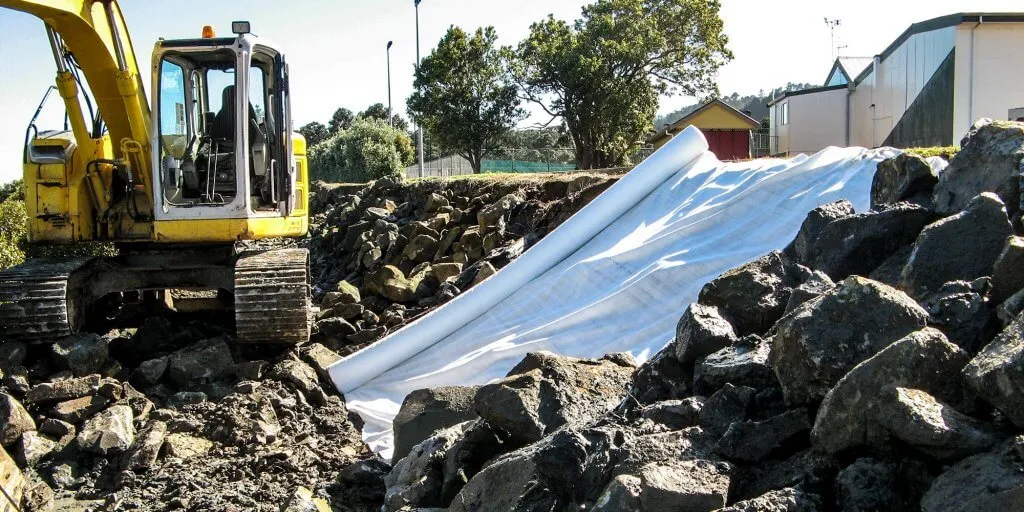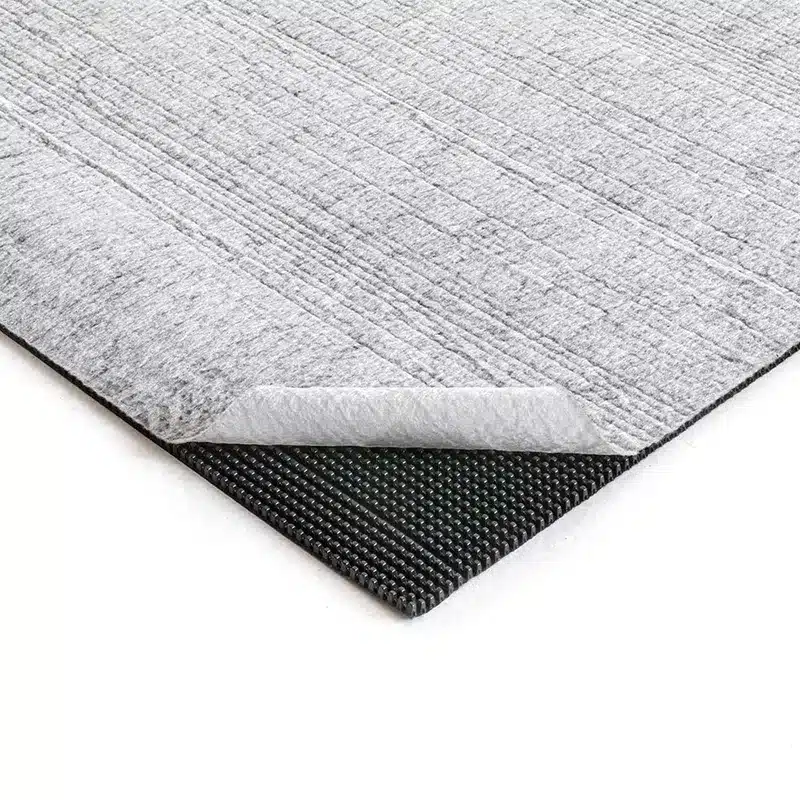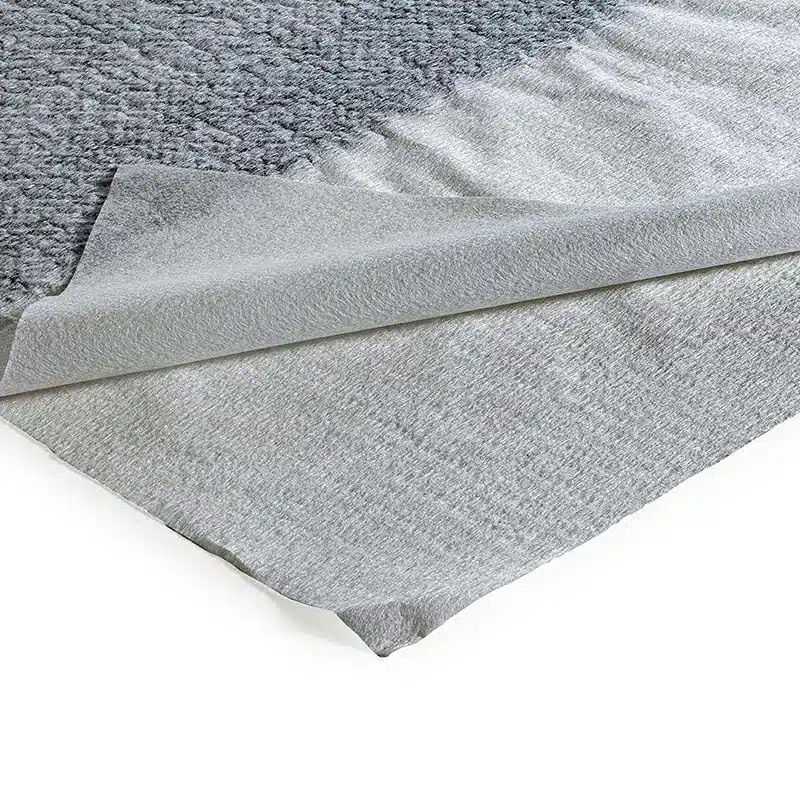+86-159 9860 6917
info@geofantex.com
geofantex@gmail.com
+86-400-8266163-44899
Contaminated soils present a significant environmental and health challenge, often requiring advanced techniques to manage and remediate. One of the most effective tools in addressing these challenges is the use of geosynthetics. These engineered materials play a crucial role in isolating, containing, and remediating contaminated soils, making them indispensable in modern environmental engineering. In this article, we will explore the remediation process of contaminated soils, the role of geosynthetics in soil management, and their specific applications in erosion and sediment control.
How do you remediate contaminated soil?
Remediating contaminated soil involves a combination of techniques aimed at reducing or eliminating pollutants. The specific method used depends on the type of contaminants and the extent of contamination. Common remediation techniques include excavation/removal; biological treatment; thermal treatment; physical/chemical treatment; and in situ treatment. Specifically:
| Excavation and Disposal | Removing contaminated soil and transporting it to a designated disposal site. |
| Soil Washing | Using water, sometimes with chemical additives, to remove contaminants from the soil. |
| Bioremediation | Employing microorganisms to break down or neutralize contaminants in the soil. |
| Encapsulation | Containing the contaminated soil within barriers, often using geosynthetics, to prevent the spread of pollutants. |
| In-situ Stabilization | Treating the soil in place to reduce the mobility of contaminants, often through chemical or physical means. |
Each method has its own advantages and is selected based on the specific environmental conditions and contamination levels.

What are the uses of geosynthetics in soil?
Geosynthetics are versatile materials used in a wide range of soil-related applications, particularly in contaminated soil management. Some of their key uses include:
| Containment | Geosynthetics such as geomembranes and geotextiles are used to create barriers that prevent the spread of contaminants into surrounding areas. |
| Filtration and Drainage | Geosynthetic materials allow for the separation of contaminated soil from clean soil, while also facilitating the drainage of water, which helps in managing contamination, to address issues with the underlying soil, or in providing side drainage. |
| Reinforcemen | Geosynthetics provide structural support to weak soils, improving stability and reducing the risk of soil collapse. |
| Isolation | They are used to isolate contaminated soil from the environment, reducing the potential for exposure to pollutants. |
These applications make geosynthetics an essential component in environmental protection and remediation projects.
What happens when soil is contaminated?
When soil becomes contaminated, it can have severe environmental and health impacts. Contaminated soil can:
| Harm Plant Life | Toxic substances in the soil can inhibit plant growth, leading to reduced vegetation cover and biodiversity loss, and affects soil fertility. |
| Pollute Water Sources | Contaminants can leach into groundwater or be carried by surface water, leading to the pollution of rivers, lakes, and aquifers. |
| Affect Human Health | Exposure to contaminated soil, either through direct contact or through the food chain, can cause a range of health issues, including respiratory problems, skin irritation, and in severe cases, cancer. |
| Degrade Ecosystems | The introduction of pollutants can disrupt the natural balance of ecosystems, leading to the decline of species and the degradation of habitat quality. |
Addressing soil contamination is essential to prevent these adverse effects and protect both the environment and human health.
What are geosynthetics in erosion and sediment control?
Geotextiles, geogrids, and geocells play a vital role in erosion and sediment control by providing effective barriers and reinforcement to soils. They are used in various ways to prevent soil erosion and manage sediment:
| Erosion Control Blankets | Geosynthetic blankets, including geotextiles, are used to cover soil, protecting it from wind and water erosion while allowing vegetation to establish. |
| Sediment Barriers | Geotextiles are employed to filter and trap sediment, preventing it from being washed into waterways. |
| Reinforcement Grids | Geogrids and geocells are used to stabilize slopes and embankments, reducing the risk of soil erosion in vulnerable areas. |
| Silt Fences | These are geotextile barriers placed around construction sites or along water bodies to prevent sediment from leaving the site. |
By using geotextiles, geogrids, and geocells, erosion and sediment control measures are more effective, ensuring that soil remains stable and that water bodies are protected from sedimentation.
Geosynthetics are indispensable in managing contaminated soils, offering solutions for containment, isolation, and remediation. They play a critical role in protecting the environment from the adverse effects of soil contamination and are also essential in erosion and sediment control. Understanding the various applications of geosynthetics helps in selecting the appropriate methods for soil remediation and environmental protection.



Get Free Sample
We’ll respond as soon as possible(within 12 hours)






















